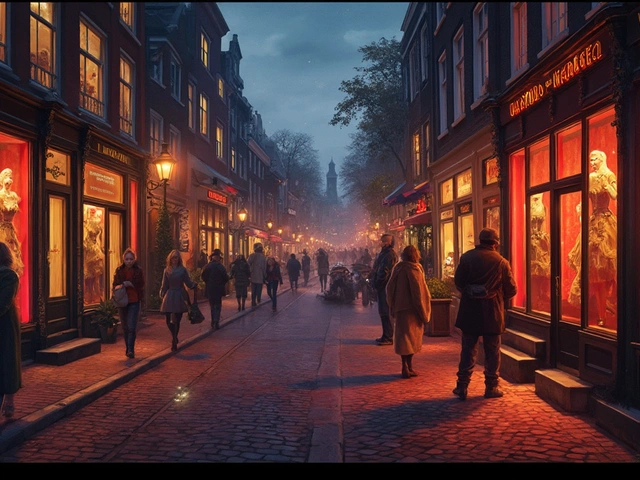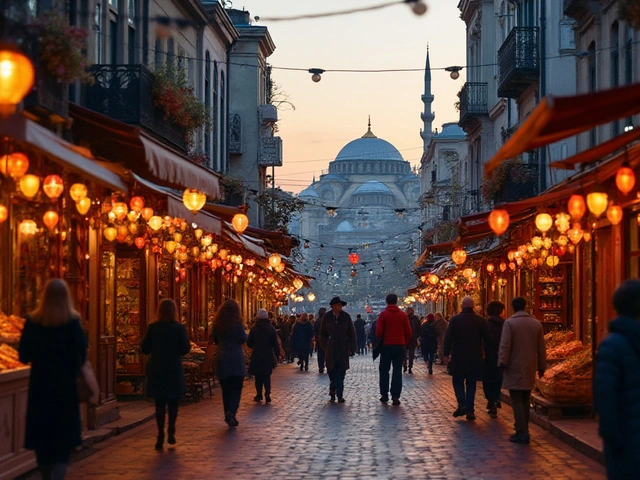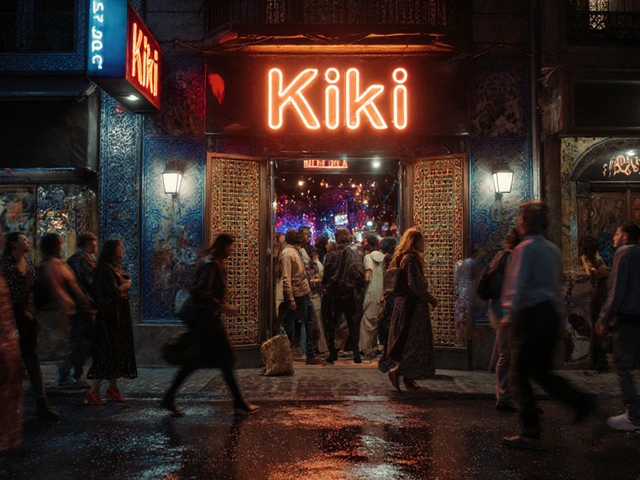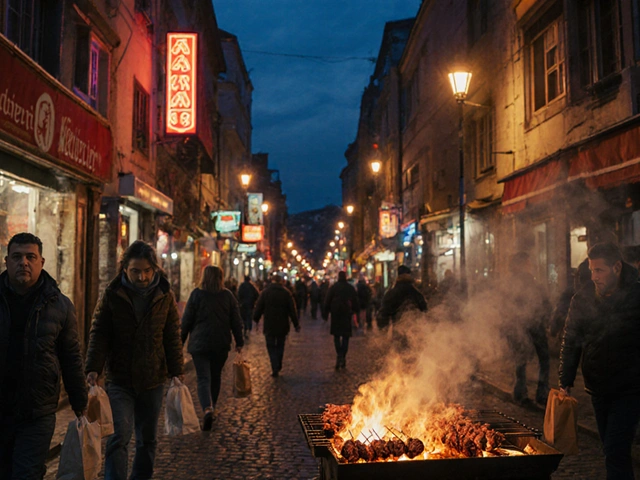Topkapi Palace Guide - Istanbul’s Must‑See Ottoman Treasure
Explore Topkapi Palace with insider tips for Istanbul locals-history, must‑see sections, practical visit advice, and nearby attractions in a single guide.
If you’re walking the streets of Istanbul, you’re actually strolling through centuries of Ottoman history. From grand mosques to hidden courtyards, the city is a live museum of the empire that once ruled three continents. Knowing which spots matter most can turn a simple sightseeing trip into a deeper cultural adventure.
Blue Mosque (Sultan Ahmed Mosque) – The Blue Mosque is the poster child of Ottoman architecture. Its six minarets, massive dome, and blue tiles make it a must‑see. Arrive early to avoid crowds and catch the morning call to prayer for a peaceful vibe.
Topkapi Palace – Once the official residence of sultans, Topkapi houses treasure rooms, imperial kitchens, and a stunning view of the Bosphorus. Don’t miss the Harem section; it offers a glimpse into daily palace life.
Hagia Sophia – Though originally Byzantine, Hagia Sophia became a key Ottoman mosque after 1453. Its mix of Christian mosaics and Islamic calligraphy tells the story of cultural transitions.
Basilica Cistern – This underground marvel was built by Emperor Justinian but was later used by the Ottomans to store water. The eerie columns and low lighting make it a perfect photo spot.
Grand Bazaar – While the market predates the Ottomans, many of its caravanserais and shops were shaped by Ottoman trade policies. Bargaining here feels like stepping into a living piece of history.
Start early. Ottoman sites get crowded quickly, especially during prayer times. Visiting in the first hour after opening gives you space to appreciate details without rush.
Dress modestly. Mosques require covered shoulders and knees, and women are asked to cover their hair. A light scarf in your bag solves this in seconds.
Hire a local guide or grab an audio tour. Guides can point out hidden symbols, like the tulip motifs that represent Ottoman love of nature, or explain the significance of the calligraphic panels.
Combine attractions geographically. The Sultanahmet area lets you hit the Blue Mosque, Hagia Sophia, and the Basilica Cistern in a short walk, saving time and energy.
Try Ottoman food while you’re there. Dishes like kebabs, baklava, and çay (tea) were staples in the palace kitchens. A quick bite at a nearby tea house gives you a taste of the era.
Finally, keep an eye out for lesser‑known spots. Small Ottoman fountains, street‑level prayer rooms called “mescits,” and restored caravan houses often hide fascinating stories that tourists miss.
By focusing on these key sites and following practical tips, you’ll walk away with more than photos—you’ll have a real feel for how the Ottoman Empire shaped Istanbul’s character. Ready to explore? Grab a map, slip on comfortable shoes, and let the history guide you.
Explore Topkapi Palace with insider tips for Istanbul locals-history, must‑see sections, practical visit advice, and nearby attractions in a single guide.
Dive into the wonder of Topkapi Palace in Istanbul. Get local tips, discover Ottoman secrets, and see why this landmark remains the city’s historical heart.
Dolmabahçe Palace in Istanbul isn’t just another old building—it's a slice of the city’s soul. The article uncovers the palace’s layered history, points out clever details you might miss, and offers tips for making the most of a visit. Readers get local advice about tickets, navigating the palace grounds, and what not to skip. You’ll find insights into the palace’s ties with Istanbul culture, quirks about its architecture, and why it still stirs up conversation in the city today. Whether you’re a local or a curious visitor, this guide helps you see Dolmabahçe through fresh eyes.

Erotic tourism is an enticing mix of leisure and adult entertainment, often sought out by men exploring the boundaries of pleasure. From buzzing red-light districts to plush escort services, it's a diverse world with its own set of rules and expectations. This article dives into the ins and outs, from booking processes to price ranges across various hotspots like Amsterdam and Dubai. It demystifies what to expect, how to stay safe, and what makes each destination unique.

On the vibrant streets of Istanbul, Euro escort services offer more than just alliance—they provide an immersive experience in culture, luxury, and passion. Navigate through the enigmatic alleys where eastern mystique meets western allure, guided by the company of refined escorts who turn your journey into an intimate exploration. These services blend local insights with a touch of elegance, creating an unforgettable tapestry of romance and adventure. From ancient bazaars to opulent nightlife, delve into the heart of Istanbul, discovering a city as complex and seductive as the escorts who accompany you on this exhilarating voyage.

Kiki Nightclub in Istanbul is the city's most electric party playground, blending global beats with Turkish sounds, queer culture, and late-night energy that only Istanbul can deliver. A must-visit for locals and visitors alike.

Meeting new travel partners can add excitement to your adventures, but safety should always come first. This article offers practical safety tips for travel girls looking to connect with others on their journeys. Learn how to assess new acquaintances, take precautions while traveling, and stay aware of your surroundings. With these insights, you can enjoy meeting new people while protecting your well-being. Stay informed and travel smart!

Discover Istanbul's best late‑night dining spots, what to order, how to get there, budget vs. luxury choices, and tips for a safe, tasty after‑hours food adventure.